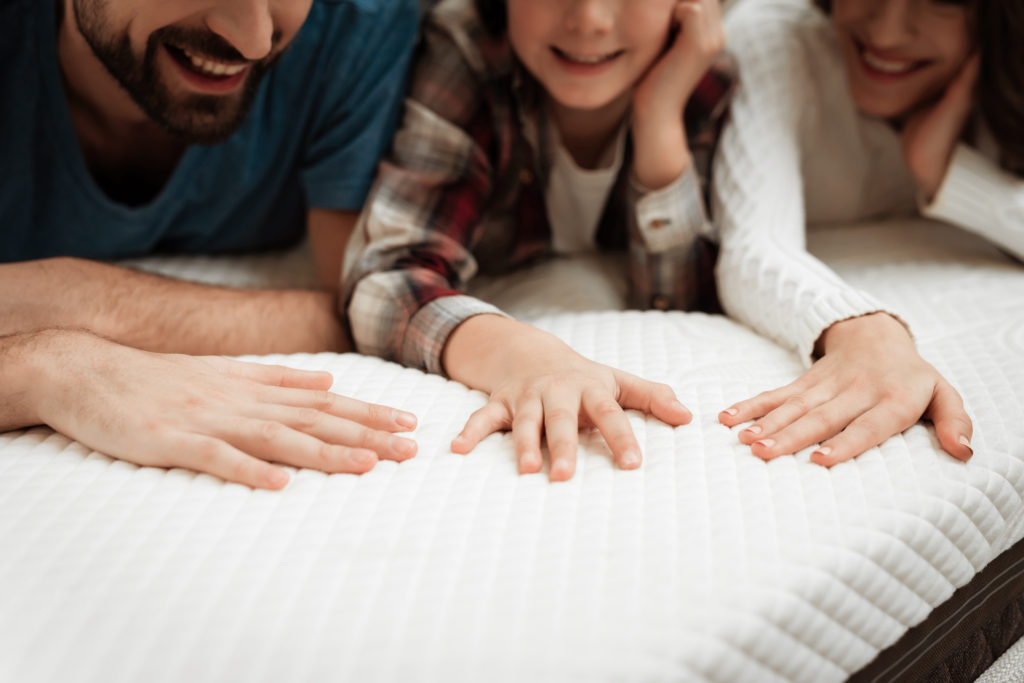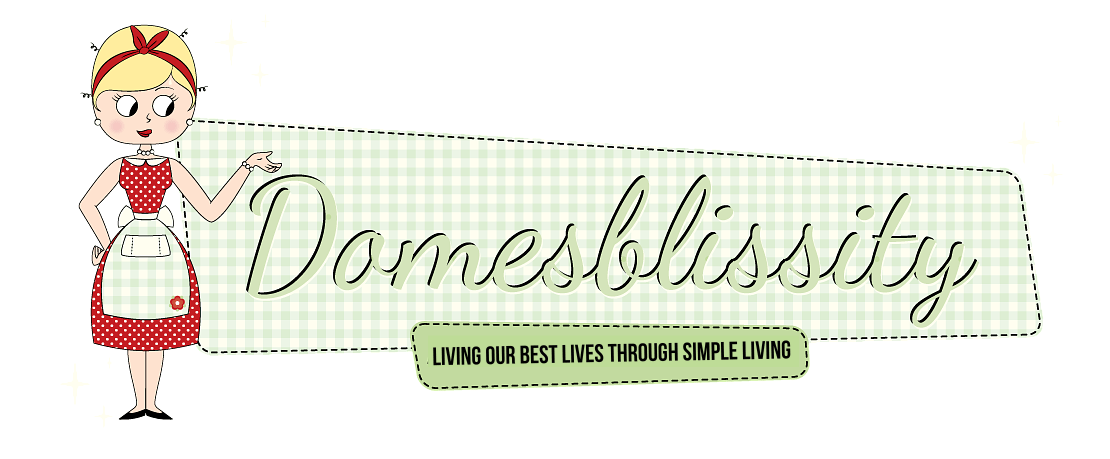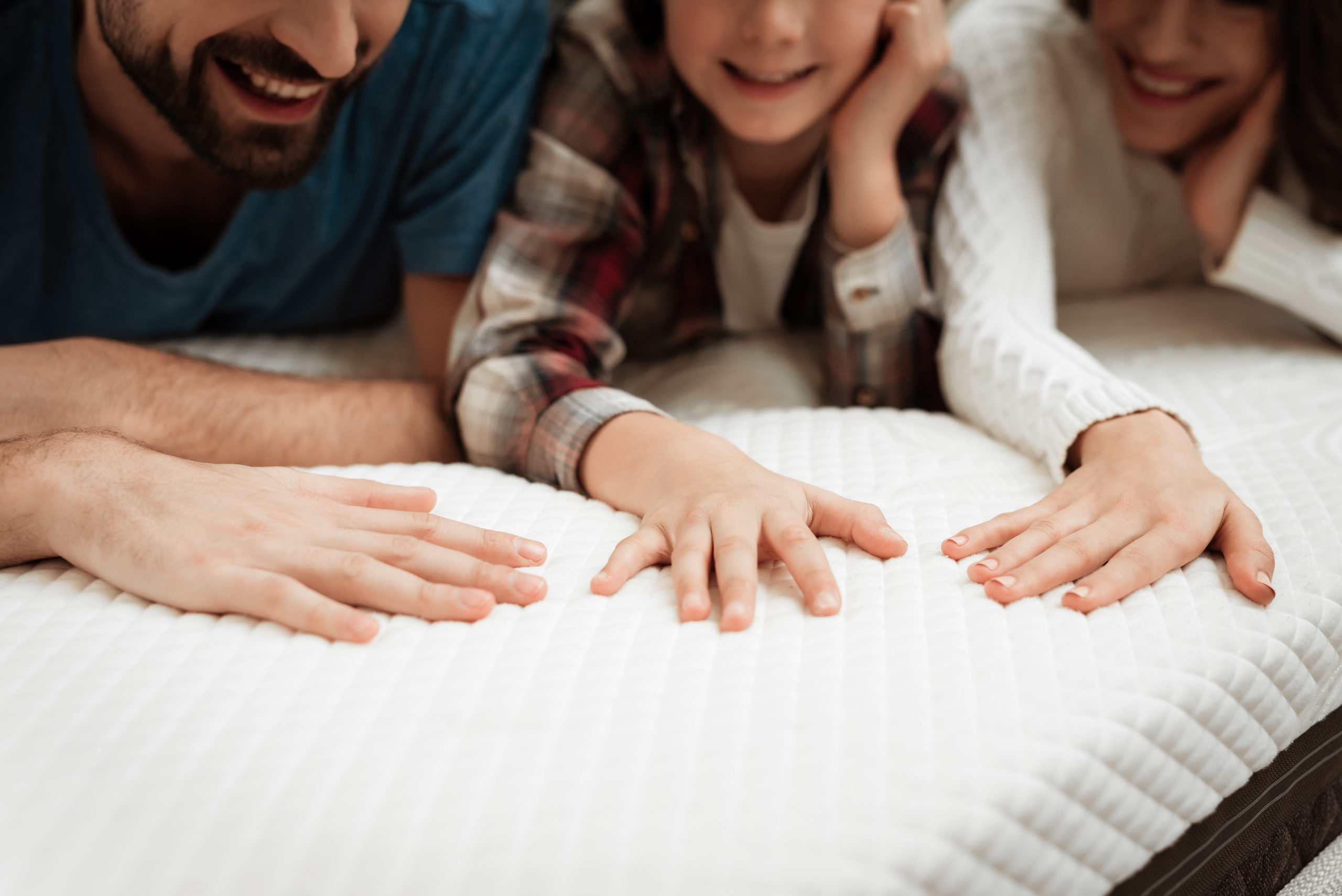A good night’s sleep is always paramount to your next day’s aspirations. In the long run, having good quality sleep doesn’t only affect your performance tomorrow, but creates an impact on your overall well-being. Ensure that you’re getting enough sleep and rest every day, particularly your children as well. Here’s how to choose the best mattress for your children.

Importance of Sleep In Children
Compared to adults, the importance of sleep needs more emphasis on children. An adequate amount of sleep is vital in their development in many aspects of cognitive health: behavior, attention, memory learning, overall mental health, and more importantly, physical health.
Sleep can also affect a child’s weight, growth, heart health, and immune system. A child with insufficient sleep is more susceptible to obesity, depression, and high blood pressure.
To help children sleep better, parents must provide them with the best place to sleep soundly. Having an excellent choice of their bed mattress will directly impact their sleep.
If your child isn’t sleeping well and enough, it might be time to get them a new mattress as their old one doesn’t keep up well to their sleeping needs anymore.
When finding a mattress for your child, read what customers have to say to assist you in arriving at better decisions. Check mattress reviews, like this review of the Puffy Mattress, to give you a better idea of what to expect for your child’s sleep.
With this in mind, here are five tips on choosing the best mattress for your child to sleep on.
The Size Always Matters
Children’s ages are considered developmental periods, so their bodies don’t stop growing. To cope up with these needs, choosing the right size for your child’s mattress will influence their sleep in the following years.

When selecting a mattress’s size, consider two factors: your child’s height and how long they’re going to use it.
Most children only require twin mattresses, and they’re already big enough for most heights. However, if your child is between the ages of 8 and 12 and plans to keep the mattress until their teen years, then twin-sized, twin XL, and full-sized beds are your best options.
Also, the size of the mattress depends on how many children are going to sleep on it. Based on the number of your children, pick the right size where they will not only fit but allow extra space for them to move around while sleeping.
Prioritize Spinal Support
During sleep, a child’s spine continues to develop. Their neck and spine, when sleeping, should be in a comfortable and neutral position to reduce spinal stress and allow the bone structures to grow without any restrictions.
Since a child’s spine needs support and shape, consider a mattress that is soft enough for comfort, but simultaneously firm enough to stop them from sinking too much, especially if they stay in the same position for the whole night. The best example of this is an innerspring mattress.
A well-formed adult spine becomes flexible and adapted from daily stressors, but not allowing your child’s spine to develop appropriately during its crucial stages will make their spine susceptible to different spinal deformities.
Examine The Quality of Materials Used
Although natural isn’t always better, it goes the other way around in choosing the right mattress for your child.
Besides the size and support provided by a cushion, selecting the correct type of materials will allow your child to sleep more without any irritations. As much as possible, stick to natural and breathable materials rather than synthetic ones.
In fact, the same goes for adults or any age. A person’s quality of sleep will be better off natural fiber mattresses rather than petrochemical-derived, synthetic mattresses that are open to more skin irritations.
Many children with or without allergies find them irritating for the skin and can potentially cause respiratory problems.
Moreover, mattresses harnessed from natural materials, such as organic wool, silk, cotton, bamboo, and natural latex, possess naturally occurring anti-mite, anti-bacterial, and breathable properties. As much as you can, avoid synthetically made ones.
Make it a habit to read product descriptions before purchasing them. If you’re unsure of the mattress’s material composition, read the manufacturer’s specifications and see if these harmful materials exist:
- Memory foam and polyurethane foam
- Chemical flame retardants
- Synthetic latex
- Vinyl
Consider Your Child’s Sleep Position and Style
Children become accustomed to a specific sleeping position and style while sleeping, thus observe what kind of sleeper they are to pick a better mattress for this necessity.
The sleeping style is also an essential consideration in shopping for an adult mattress because your sleeping position is crucial to your sleeping comfort and spine and other bone support.
Depending on your sleeping style or position, listed below are some mattress recommendations:
- Side sleepers: Pressure relief is vital because of its curviness. Softer and thicker comfort layers about 3 inches thick are best for them.
- Back sleepers: They don’t require much comfort layer, thus choose a thinner top layer.
- Stomach sleepers: Sleeping puts too much pressure on their lumbar area so that a softer surface will hyperextend their stomach area. The last thing they’ll need is a soft and thick comfort layer. Firm and thin ones are better choices.
Conclusion
Children need more sleep than adults because their sleeping hours are the best time for their body to develop into a stable structure. When sleeping, the most critical factor that will affect your sleep is your bed mattress, and the room’s conditions will only be listed next.
With the help of these tips discussed above, ensure that you will only buy the best mattress for your child to keep them strong and help them to get ready for more development.




